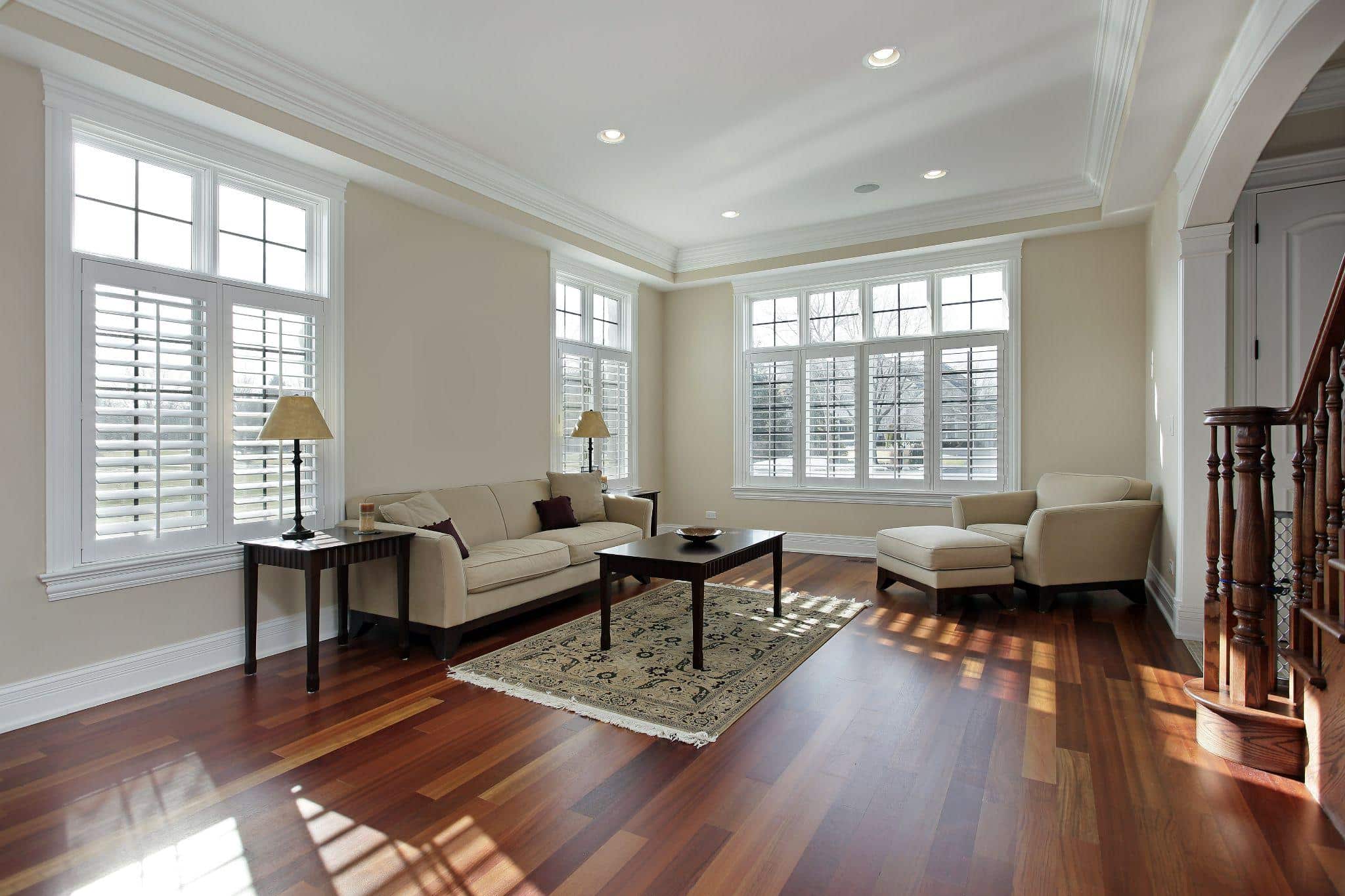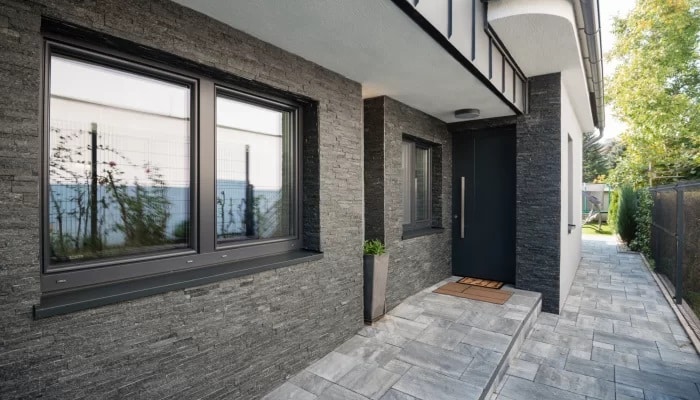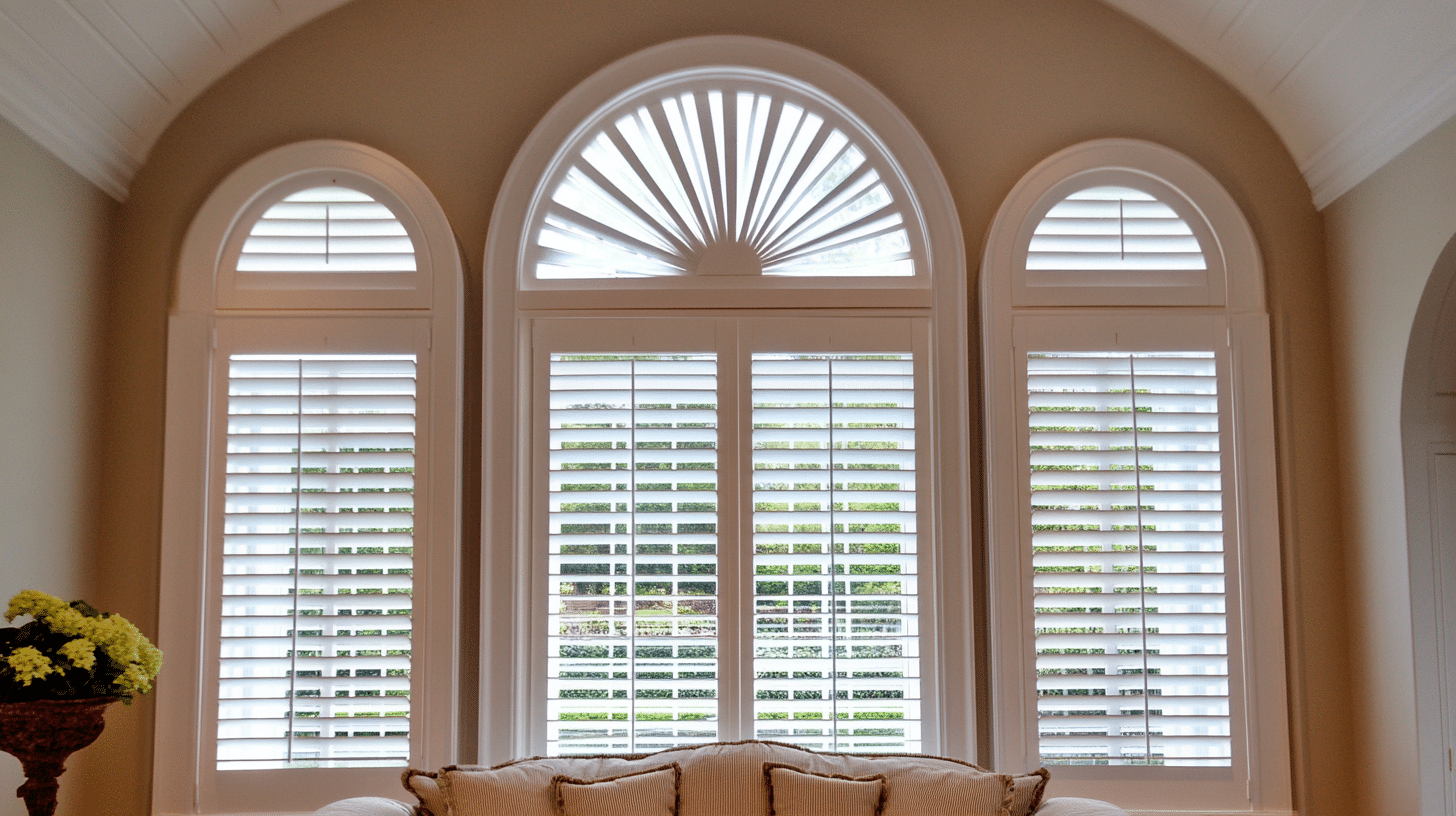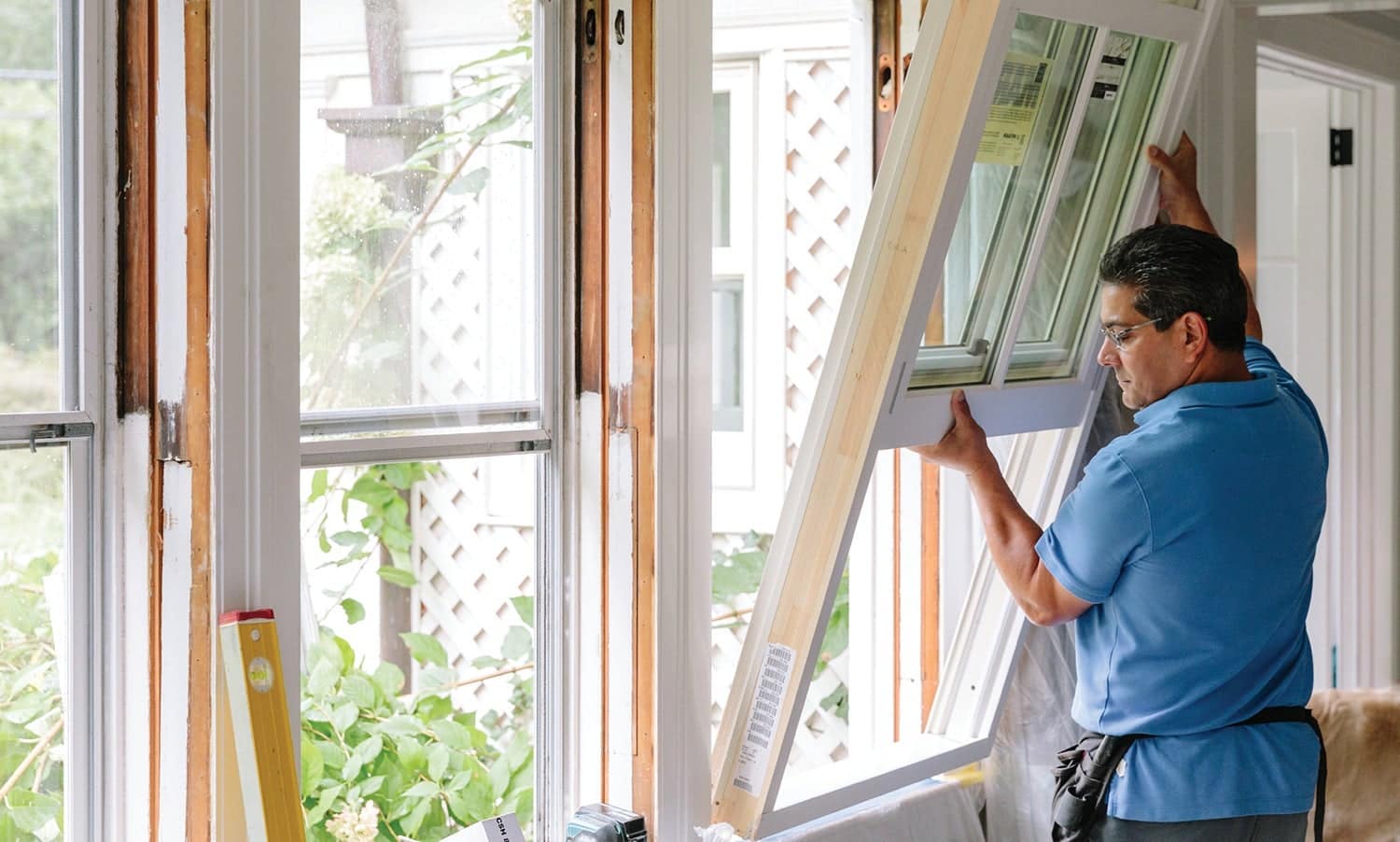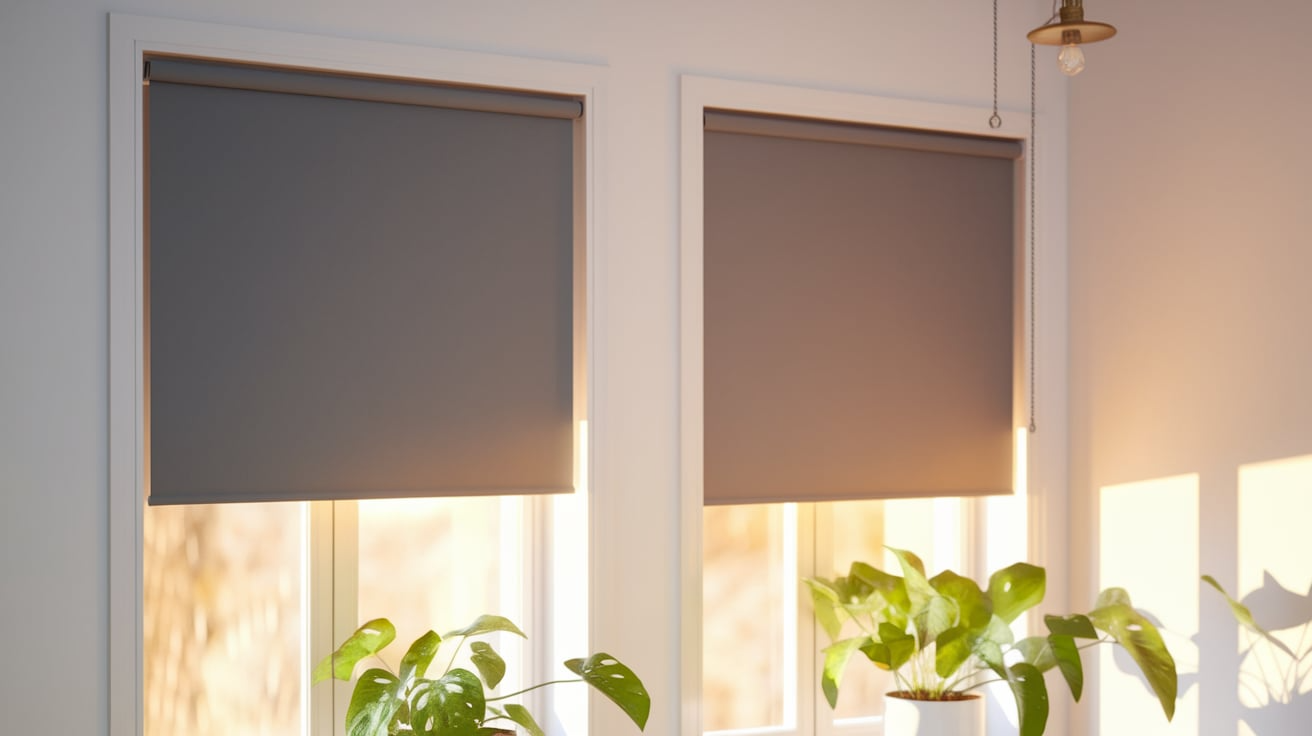Window Designs Decoded: Choosing the Right Frames for Your Home
A home without windows is like a face without eyes—lifeless and uninviting. Windows play a crucial role in shaping the character of your living space, influencing everything from natural light and ventilation to energy efficiency and curb appeal.
Whether you want to upgrade all the windows in your home or replace a single kitchen or basement window, understanding the most common designs can help you select the best options. Let’s explore the world of window designs and discover how each type can transform your home.
Double-Hung Windows: The Classic Choice
A timeless staple in American homes, these models feature two vertically sliding sashes, allowing you to open the top, bottom, or both sections for optimal airflow. Their enduring popularity stems from their versatility and ease of use.
Key benefits of double-hung designs:
- Easy cleaning: Both sashes tilt inward for convenient cleaning from inside your home.
- Excellent ventilation: Open top and bottom sashes create a natural airflow.
- Suitable for various architectural styles: From colonial to contemporary, double-hung windows adapt well.
Are double-hung options right for your home? Consider your climate, maintenance preferences, and architectural style before deciding.
Casement Windows: Embrace the Breeze
These are hinged on one side and open outward like a door. They’re often operated by a crank mechanism, which makes them easy to open and close. These models offer unobstructed views and great ventilation, so they are a popular choice for modern homes.
Their advantages include:
- Maximum ventilation: When fully open, they catch and direct breezes into your home.
- Energy efficiency: The sash presses tightly against the frame when closed, creating an airtight seal.
- Uninterrupted views: With no central rail, casement windows provide clear sightlines.
Casement windows work particularly well in areas where you want to maximize airflow, such as kitchens or bathrooms.
Sliding Windows: Effortless Operation
Sliding designs consist of two or more sashes that glide horizontally along a track. They’re a good choice for spaces where you want easy operation and a contemporary look. Their simple design makes them low-maintenance and durable.
Why choose sliding windows:
- Space-saving solutions: They don’t protrude inward or outward, which makes them ideal for tight spaces.
- Easy operation: Smooth gliding mechanism requires minimal effort to open and close.
- Wide views: Large glass panes offer expansive views of the outdoors.
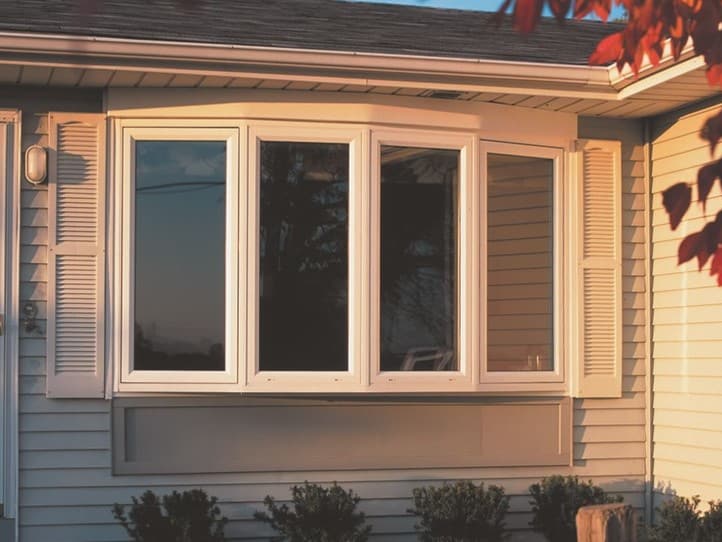
Bay and Bow Windows: Create a Focal Point
These showstoppers add dimension and character to your home’s exterior while creating additional interior space. Bay windows typically consist of a large central window flanked by two smaller windows at an angle. Bow windows are similar but use four or more panels to create a gentle curve.
Here’s what makes them popular:
- Increased natural light: Multiple panels allow sunlight to enter from different angles.
- Extra interior space: The protruding design creates a cozy nook inside your home.
- Enhanced curb appeal: They add architectural interest to your home’s exterior.
Picture Windows: Frame Your View
Picture windows are fixed frames designed to provide unobstructed views and maximize natural light. They don’t open, which makes them energy-efficient and low-maintenance. Such designs are often used in combination with other window types to create a custom look.
The key benefits are:
- Panoramic views: Large, uninterrupted glass panes showcase outdoor scenery.
- Energy efficiency: Fixed design minimizes air leakage.
- Versatility: Can be combined with operable windows for a balance of view and ventilation.
Awning Windows: Weather-Resistant Ventilation
These are hinged at the top and open outward from the bottom. This design allows for ventilation even during light rain, as the open sash acts as an awning to deflect water. They’re often used in combination with larger windows or in hard-to-reach areas.
Consider these advantages:
- Weather protection: They provide ventilation in various weather conditions.
- Space efficiency: Can be placed higher on walls without compromising functionality.
- Easy operation: Often equipped with a crank mechanism for effortless opening and closing.
Awning windows are an excellent choice for basements, bathrooms, or above kitchen sinks where you want ventilation without sacrificing privacy.
How to Choose the Right Windows for Your Home
To select the perfect window style for your home, you’ll need to balance aesthetics, functionality, energy efficiency, and budget. Consider these factors:
- Climate: Choose windows that can withstand your local weather conditions and help maintain comfortable indoor temperatures.
- Home style: Select window designs that complement your home’s architectural style.
- Room function: Different rooms may benefit from different window types based on ventilation needs and privacy concerns.
- Energy efficiency: Look for options with good insulation properties and appropriate Energy Star ratings for your region.
- Maintenance: Consider how much time and effort you’re willing to invest in window upkeep.
- Budget: Balance your desired features with what you can afford, keeping in mind that windows are a long-term investment in your home.
Windows do more than just let light in—they shape the character of your home, influence your comfort, and impact your energy bills. Whether you’re building a new home or updating an existing one, the right window style can transform your space from ordinary to extraordinary.

